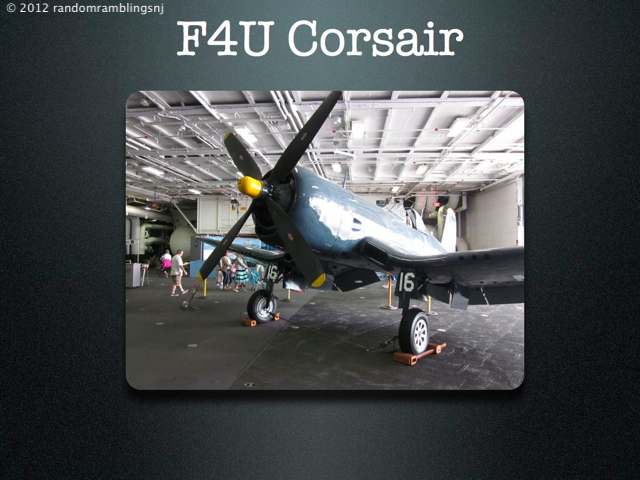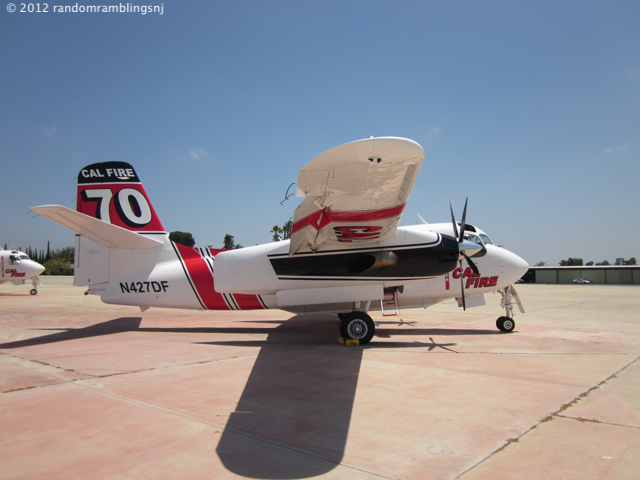Over the course of the last three plus years since I began writing about aerial wildland fire fighting on this blog I have seen resource sharing of wildland fire crews, equipment, aircraft and the like between States (in the U.S.) and between countries. For example, as I have mentioned on quite a few times here on this blog, our friends in Canada have helped us in the U.S. by supplying firefighting aircraft over the past year.
I know that there are some regional compacts where member states and/or provinces agree to share firefighting resources. In the summer of 2008 I first learned that New Jersey is a member
Mid-Atlantic Interstate Forest Fire Protection Compact from someone from the NJ Forest Fire Service (NJFFS) who was manning a NJFFS table at a county fair. He told me that the member states of the Mid-Atlantic Compact (NJ, PA, WV, DE, OH, VA, MD) have an agreement share resources when called upon by a member state needing help to fight a wildfire.
There are other
regional compacts.
I am here today to say a few words about the
Northeast Forest Fire Protection Compact, founded in 1949. Over the course of last three plus years you have seen me write about or say thank-you to the NJFFS for all that they do to protect us in NJ as they fight wildland fires. My gratitude, as appropriate will include a thank-you to my friends in the Mid-Atlantic compact. However, I do not only have an interest in New Jersey. My family has owned seasonal property in northeastern Vermont for many years. I have never said thank-you to the
Vermont Division of Forestry who work to protect all in Vermont from wildland fires. To be honest, I only found about the Northeastern Forest Fire Protection Compact (NFFPC) relatively recently. I want to take this opportunity to thank the NFFPC as well
I learned that the NFFPC was formed in 1949 after the 1947 fires devastated portions of New England, I mentioned the 1947 fires in
my July 25th article along with current statistics from the Vermont Division of Forestry.
As I learned about the world about wildland firefighting and aerial wildland firefighting through my work on this blog for three plus years, I felt that my friends in Canada and in adjoining states would help Vermont out should they have a major wildland fire that stretched municipal as well as Vermont State wildland firefighting resources. I breathed a sigh of relief when I found out who the
NFFPC members are:
- New England States (Maine, Vermont, New Hampshire, Connecticut, Massachusetts, Rhode Island),
- New York,
- Four Canadian Provinces (Quebec, New Brunswick, Newfoundland, and Nova Scotia), and
- Three National Forests (White Mountains, Green Mountain, and Finger Lakes),
- The U.S. National Park Service and the U.S. Fish and Wildlife Service are represented in the compact.
I'd like to quote a sentence from the
NFFPC history page explaining the importance of the compact:
... since major fires occur infrequently, it is difficult for any single state or province to economically justify and maintain the training, equipment, and personnel needed.
You will get a better idea of how the compact works by check out the
NFFPC compact mandate. I'll quote one sentence from the compact mandate:
The mandate of the Northeastern Forest Fire Protection Commission (NFFPC) is to provide the means for its member states and provinces to cope with fires that might be beyond the capabilities of a single member through information, technology and resource sharing (mutual aid) activities.
I suspect that other regional compacts work the same way. My point here is to say that as someone who has spent a lot of time in the northeastern corner of Vermont, I am reassured to know in the unlikely event that a major wildland fire happens in my little corner of VT (and elsewhere in the compact), that the members of the compact will come to help us. Quebec is not all that far from northeastern VT for example. And I am pretty certain that the stateside members of the compact helped Quebec during the large wildland fires that they saw in the summer of 2010. So we help each other.
The compact shares firefighting resources, ground crews, ground equipment, and aerial resources.
Thank-you all who are in the NFFPC. Thank-you for the knowledge that my families property and the adjoining forests, residences, businesses, farms, etc. are in good hands should their be a major wildland fire that stretches the resources of my friends at the Vermont Division of Forestry.
As I learn more about the members States and Provinces in the NFFPC, I'll write about it here. Likewise, know that I know that Quebec, Nova Scotia, Newfoundland and New Brunswick are members of the NFFPC, I'll try to post about their major wildfires that come across my desk.
















































